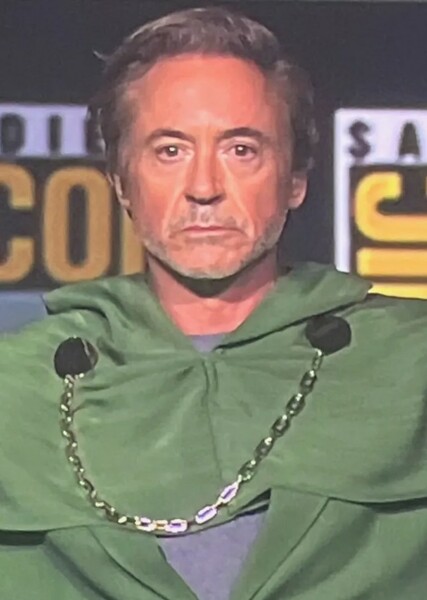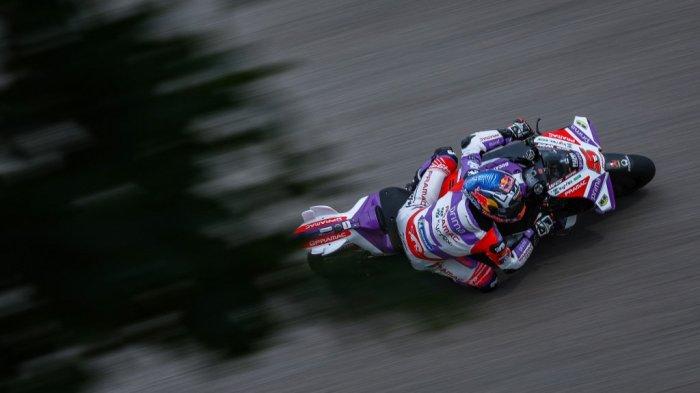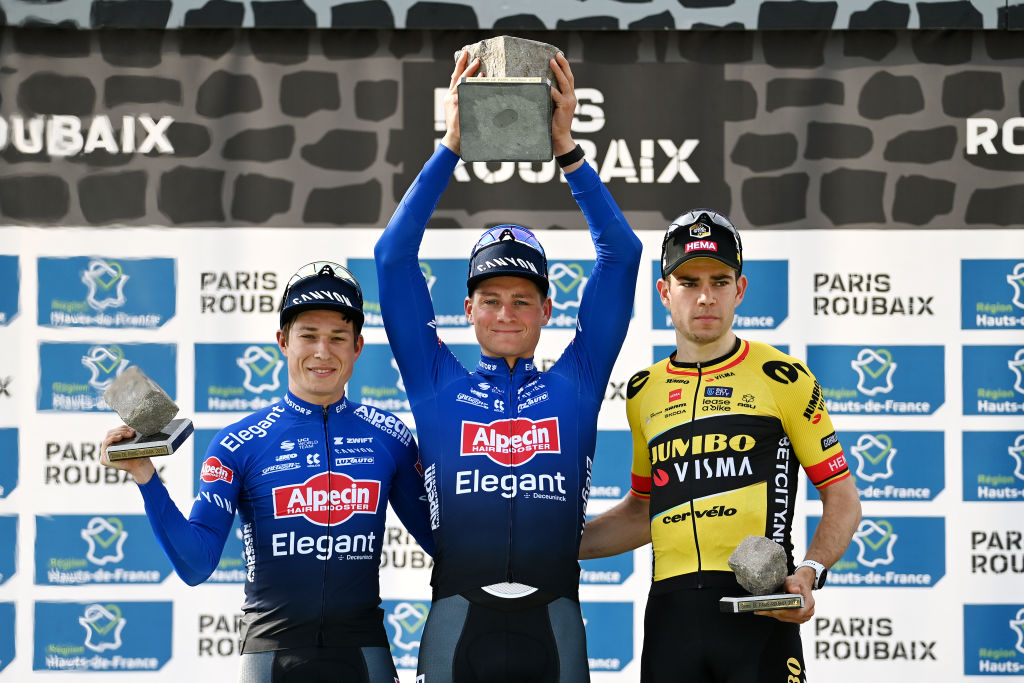Examining The Shifting Style Of Armando Iannucci's Work

Table of Contents
From The Day Today to Veep: The Evolution of Iannucci's Satirical Target
Iannucci's early work, such as the groundbreaking satirical news program The Day Today, focused its sharp wit on the absurdities of British politics and media. The rapid-fire dialogue and often-absurd scenarios brilliantly lampooned the inherent contradictions and hypocrisies of power. This approach, characterized by a distinctly British sensibility, laid the groundwork for his later successes.
However, Veep, Iannucci's HBO masterpiece, represents a significant shift in his satirical target. While still employing the signature rapid-fire dialogue and cringe-inducing moments of The Thick of It, Veep trains its sights on the American political machine. This change reflects not only a geographical shift but also a subtle alteration in comedic approach. The targets are different; the cynicism, however, remains a potent force.
-
Comparison of satirical targets: The Day Today mocked the British media's often-shallow coverage of political events, while Veep dissects the backroom dealings, personal ambitions, and petty rivalries within the US government.
-
Different comedic approaches: The Day Today's satire is often more overtly absurd and less character-driven, whereas Veep utilizes a more character-based approach, allowing the audience to invest more deeply in the flaws of its protagonists.
-
Impact of cultural context: Understanding the cultural context is key to appreciating the nuances of Iannucci's satire. The British political landscape, with its traditions and established institutions, provides a different backdrop to the American system, which is characterized by its highly partisan nature.
-
Evolving cynicism: While both shows portray a deeply cynical view of power, Veep, arguably, portrays a more profound sense of hopelessness and the corrosive impact of ambition on individuals. The characters in Veep are more deeply flawed and morally ambiguous, a stark contrast to some of the more clearly defined villains and heroes in his earlier works.
Character Development: From Archetypes to Nuance
Iannucci's early work often featured broadly drawn satirical caricatures. Characters in The Thick of It, for example, were easily identifiable archetypes – the spineless bureaucrat, the ambitious climber, the out-of-touch politician. These characters served as effective vehicles for satire, embodying specific political flaws.
However, his later work exhibits a more nuanced approach to character development. Veep's Selina Meyer, for instance, is a far more complex character than the typical caricatured politician. While undeniably flawed, she is also capable of moments of genuine connection and even displays surprising depths of emotion.
-
Character archetypes: Compare the relatively simple archetypes of The Thick of It with the far more layered and complex characters of Veep. Characters in Veep display a greater range of emotions and moral ambiguities.
-
Morally ambiguous characters: The morally grey areas explored in Veep and even Avenue 5 are a departure from the more clear-cut morality in his earlier shows. This creates richer, more compelling characters.
-
Increased emotional depth: The characters in Veep show a greater depth of feeling, vulnerability, and even moments of genuine humanity, unlike some of the more one-dimensional characters in earlier works.
-
Character arcs: The characters in Veep, unlike those in The Day Today, often undergo subtle but significant changes, exhibiting character arcs that reflect the pressures of power and ambition.
Narrative Structure and Pacing: A Move Towards Complexity
Iannucci's early work, epitomized by The Day Today, is characterized by rapid-fire dialogue and short, punchy scenes. The comedic effect relies on the constant barrage of witty insults and quick cuts. This style is highly effective, but it limits the scope for complex narrative development.
Later projects, like Avenue 5, demonstrate a shift towards more complex plotlines and longer, sustained comedic sequences. The increased complexity doesn't sacrifice the sharp wit but allows for a deeper exploration of characters and their relationships, adding another layer to the satire.
-
Pacing comparison: The frenetic energy of The Day Today is in stark contrast to the more deliberate pacing of Avenue 5, which allows for a greater focus on character interaction and development.
-
Longer comedic sequences: The extended scenes in Veep allow for more nuanced humor and a richer exploration of the characters' motivations.
-
Episodic vs. serialized storytelling: The Day Today was primarily episodic, while later shows such as Veep embrace serialized storytelling, offering character development and complex narrative arcs over multiple seasons.
-
Narrative structure and satirical focus: The shift to more complex narratives reflects a shift in satirical focus – from the immediate absurdities of news and politics to the long-term consequences of power and ambition.
The Impact of International Collaboration on Iannucci's Style
Iannucci's work on international projects like In the Loop and Death of Stalin has undoubtedly influenced his stylistic choices. Collaborating with international casts and crews exposed him to different comedic sensibilities and broadened his satirical lens.
-
Cultural influences: In the Loop, a film co-production between the US and the UK, blends the distinct comedic styles of both countries, demonstrating Iannucci's adaptability. Death of Stalin reflects a greater engagement with cultural specificity, allowing for a more focused and impactful satirical portrayal.
-
Impact on creative process: Working with diverse teams enriched his creative process, introducing new perspectives and approaches to storytelling and comedy.
-
Comedic sensibilities: The blending of British and American comedic styles is evident in In the Loop, highlighting Iannucci's capacity to navigate different comedic traditions.
Conclusion
Armando Iannucci’s career demonstrates a remarkable evolution in comedic style. While his sharp wit and satirical edge remain constant, his approach to character development, narrative structure, and satirical targets has undergone a significant transformation. From the rapid-fire satire of The Day Today to the more nuanced portrayals of power in Veep, Iannucci continues to refine his craft, offering insightful and hilarious commentary on the absurdity of politics and human nature. Understanding this evolution offers a richer appreciation of his work. Continue exploring the nuances of Armando Iannucci's style – delve deeper into his filmography and discover the ongoing evolution of his unique comedic voice.

Featured Posts
-
 All Star Weekends Casting Exploring The Implications Of Robert Downey Jr S Role
May 26, 2025
All Star Weekends Casting Exploring The Implications Of Robert Downey Jr S Role
May 26, 2025 -
 Holocaust Remembrance Meta Israel And Israeli Celebrities Launch Fifth Annual Instagram Project
May 26, 2025
Holocaust Remembrance Meta Israel And Israeli Celebrities Launch Fifth Annual Instagram Project
May 26, 2025 -
 Israeli League Update Maccabi Tel Avivs Position At The Top
May 26, 2025
Israeli League Update Maccabi Tel Avivs Position At The Top
May 26, 2025 -
 Moto Gp Kembali Ke Brasil Sirkuit Ayrton Senna Di Goiania Siap Untuk Balapan 2024
May 26, 2025
Moto Gp Kembali Ke Brasil Sirkuit Ayrton Senna Di Goiania Siap Untuk Balapan 2024
May 26, 2025 -
 Jadwal And Siaran Langsung Moto Gp Inggris 2025 Di Trans7 And Spotv Klasemen Poin Terbaru
May 26, 2025
Jadwal And Siaran Langsung Moto Gp Inggris 2025 Di Trans7 And Spotv Klasemen Poin Terbaru
May 26, 2025
Latest Posts
-
 Mathieu Van Der Poel Attacked Paris Roubaix Spectator Confesses
May 26, 2025
Mathieu Van Der Poel Attacked Paris Roubaix Spectator Confesses
May 26, 2025 -
 Mathieu Van Der Poel Attacked At Paris Roubaix Demands Legal Action
May 26, 2025
Mathieu Van Der Poel Attacked At Paris Roubaix Demands Legal Action
May 26, 2025 -
 Paris Roubaix Bottle Throwing Incident Spectator Surrenders To Police
May 26, 2025
Paris Roubaix Bottle Throwing Incident Spectator Surrenders To Police
May 26, 2025 -
 Paris Roubaix Police Apprehend Spectator Who Threw Bottle At Van Der Poel
May 26, 2025
Paris Roubaix Police Apprehend Spectator Who Threw Bottle At Van Der Poel
May 26, 2025 -
 Paris Roubaix Spectator Who Threw Bottle At Van Der Poel Turns Himself In
May 26, 2025
Paris Roubaix Spectator Who Threw Bottle At Van Der Poel Turns Himself In
May 26, 2025
